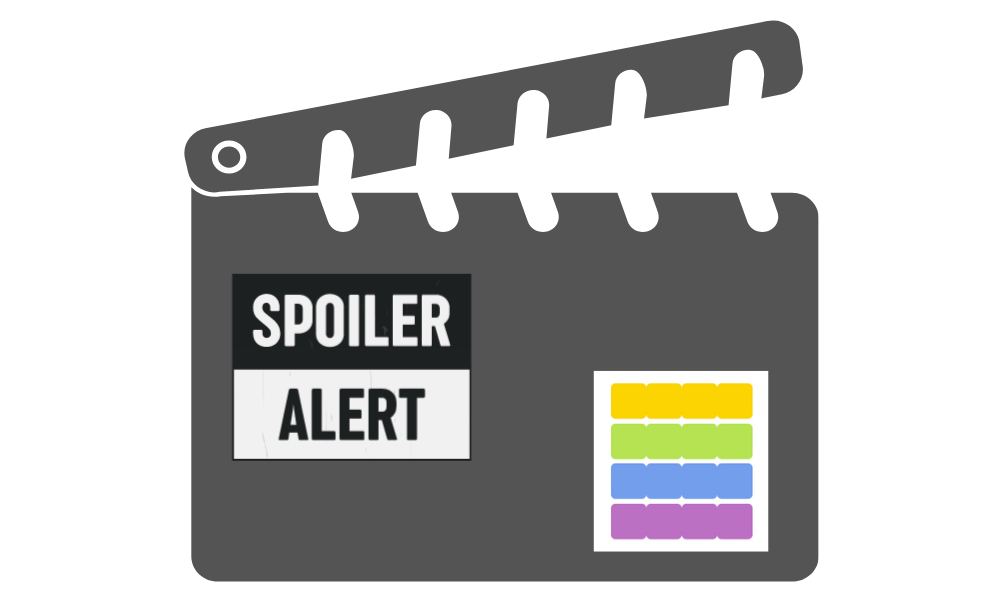Words by Length
Play Unlimited Wordles Today WordQuest Unlimited
Play as many puzzles as you want. Plus streaks, scoring & game-changing PowerUps. Free Unlimited Wordle. Start Your Streak!
You are about to impress by scoring highest in Scrabble or Words with Friends. You still have a few letters, and you are sure you can make a single word out of them and finish first, but, suddenly, your brain seems to freeze. For word games, it is often useful to memorize all words by a specific length. Usually, good word game players have all allowed words with two and three letters memorized. Here is a handy tool, a list of all the words sorted by their length in letters, and having any length between two and ten letters. It will help you to accomplish this goal.
In Scrabble and Words With Friends, the vast majority of words that you will play will be of three, four, or five letters. Even though this is the case, it's crucial for your success in these games that you have the entire list of 107 two-letter words memorized. Even if some of them are usable only in either Scrabble or Words With Friends, but not both, it pays to have them ready to go. It's a simple matter to remember which ones are which if you have all 107 committed to memory. The point of playing words of three, four, and five letters is to get better letters to make bingoes. Keep a words by length record of your successful plays.
Vocabulary is a strong asset in these games, but the key to victory is maintaining rack balance. Here is a question for you. Would you rather play syzygy on a triple word score or play raisins on a double word score? Syzygy scores 25 points, counting putting one of the Ys on a double lettter score. Raisins scores only 7 points. If, however, you happen to put both the R and the ending S on double word scores, then it is worth four times the normal score. Sure, syzygy is cool, and all, but how often will you have both Ys, the Z, and a blank available in your rack? By knowing your list of words by word length, you'll build towards better plays all the time.
Raisins can be easily made by maintaining proper rack balance. That means you keep the letters R-A-T-E-S in your rack if at all possible. Secondary to those primary letters, you also want to keep I-N-L in your rack. By doing this, you will be able to work towards better-scoring words by length up to and including bingoes.
It is an important strategy to note that it is sometimes better to take a lesser score to maintain rack balance. Let's say, for example, that you have the following rack: X-E-T-H-E-P-W. There is an open S on the board, and you can play hexes on a double word score. That's 16 points, but it leaves you with T-P-W! Yuck. You can also play phew for 12 points, which leaves you with T-E-X, which is much better.
Imagine if you pull T-I-L-E from the bag when you replenish. Now, you can play textile. That's a minimum of 14 points if you don't touch any premium squares. If you happen to get the X on a triple letter score, suddenly that's 30! That 16 doesn't seem so good now, does it? The words length was seven letters, so you get a whole new rack to balance.
With your words by word length list in hand, eventually, rack balance will become second nature to you. Then, you will see your scores and winning percentage go up and up. Remember to sort your best plays by word length. It's easier to remember them that way. The other tactic that is important is not to leave your opponent an easy place to play high-scoring words, especially bingoes. Take a lower score to block your opponent. If you can maintain rack balance at the same time, all the better!
- Words That End In J
- Words Ending In Q
- Nine Letter Words
- 2 Letter Words with K
- 6 Letter Word Starting with S
- 5 Letter Words Starting with S
- 7 Letter Word Beginning with M
- Words with K And Q
- 2 Letter Words That Start with V
- Words with 10 Letters
- Word with P And Z
- Two Letter Z Words
- Word with Q And Y
- Words with Z And K
- 5 Letter Word Ending In A
- Words That End In D
- Is Lyn A Scrabble Word
- Ga Word
- Words Ending In Ov
- Words That End with Qa
- 4 Letter Words with W
- Three Letter Words That Start with U
- 3 Letter Words That End In J
- Di Words
- Two Letter Words Beginning with Q
- 4 Letter Words Ending In A
- M Three Letter Words
- 2 Letter G Words
- Three Letter Words with U
- Words Ending In Ob

Connections NYT: Hints For Today's Puzzle, Mon, Dec 29

NYT Strands Today - Hints, Spangram & Answers for December 29

Today’s Wordle Answer Dec 29 #1654- NYT Wordle Hints & Updates

Today's NYT Pips Hints & Answers

Today's NYT Capture Hints & Answers

NYT Mini Crossword Answers Today - The Mini for Dec 29 Solved